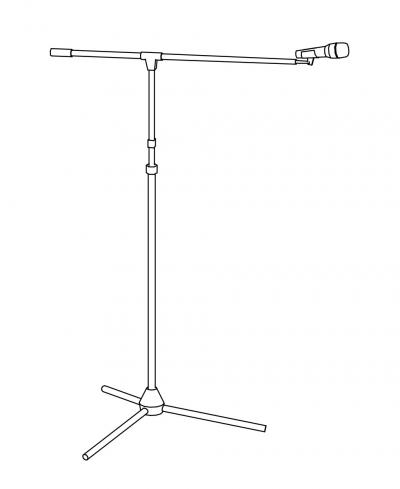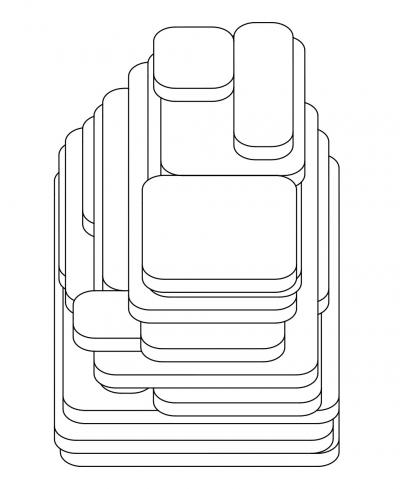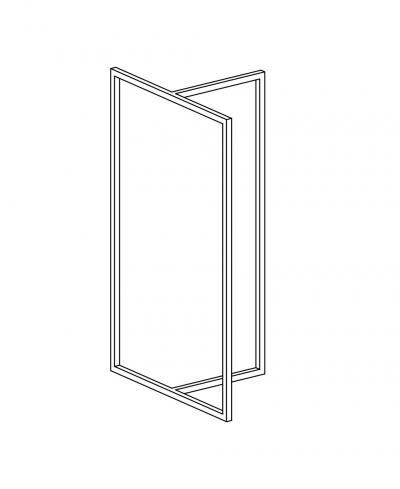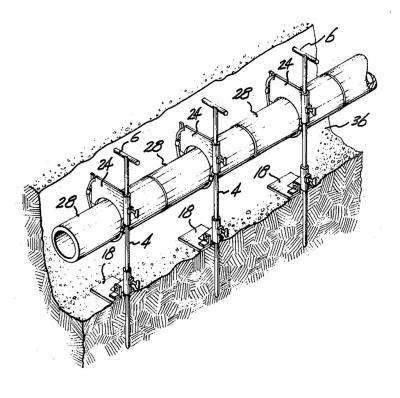The Vitrines Project
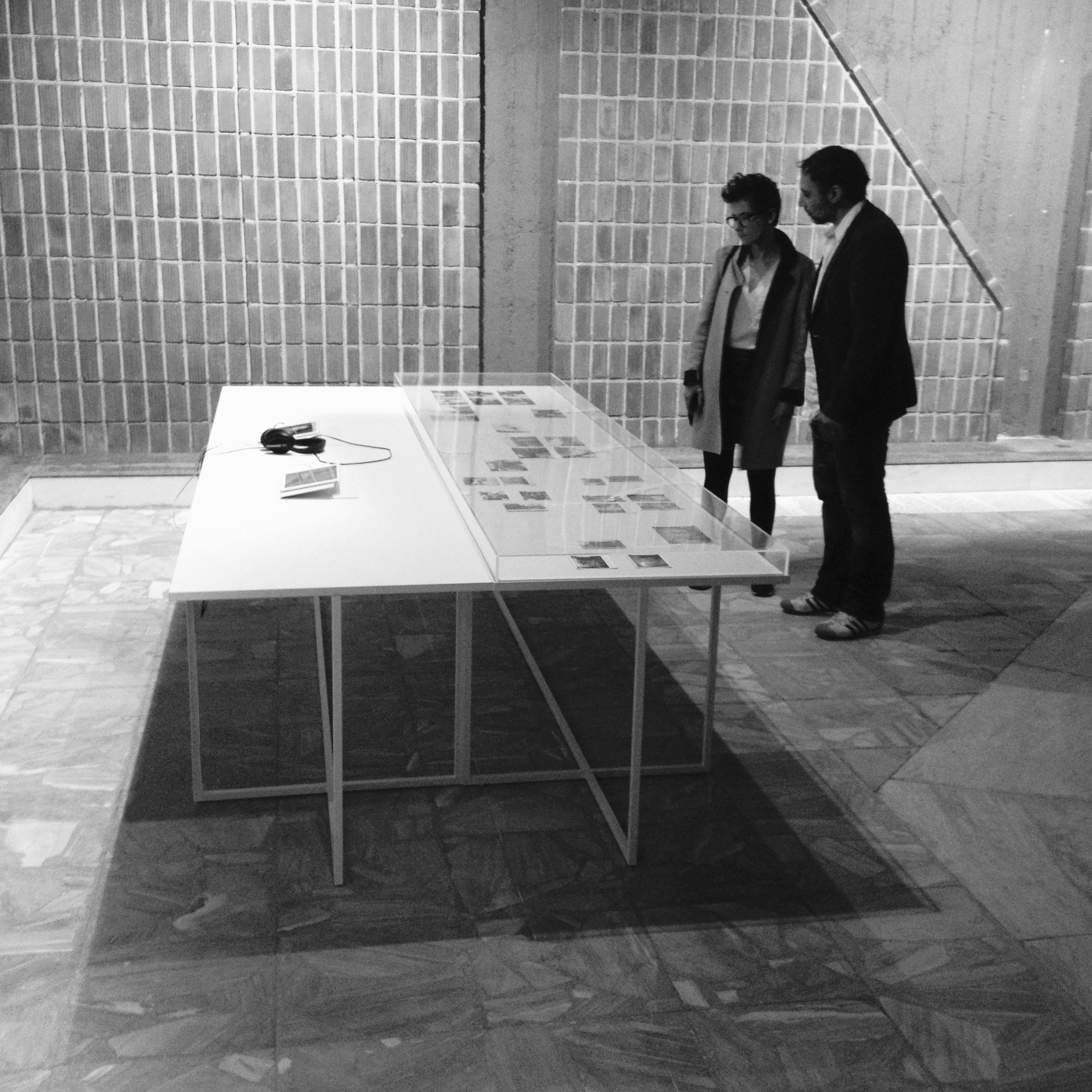
Τhe character of the vitrines is defined by their emptiness; a vitrine is supposed to act as a receptacle awaiting its filling. The vitrine project is however thought with a complication to this evident rationale. The objects were constructed as objects that could start their life in documenta 14 as practical display boxes; they were meant to present there documents and art pieces for the documenta 14 show in Athens in collaboration with its curators. This was undertaken as a double preparation: the vitrines being objects of support, it was crucial to emphasize this double character that was emerging from what is meant as “out of focus”; “out of focus” in the case of the vitrines proposes already an “available” interior space as supporting the elements that could really fit in them; fitting in vitrine is expectedly seen as a focus; all vitrines are destined to escape focus while they propose focus, while focussing is what they undertake. To emphasize their purpose of showing themselves than what fits in them, a series of works was conceived from the beginning of their construction as their future. In a series of works named Lichtungen the vitrines were programmed to function after documenta 14 in different settings. Staying "really empty" in cases that this would make sense the vitrines were conceived as intruders in frames that they could reorganize by an always altering, proposed “absence of content”; when presented under the different name of Lichtungen the vitrines still avoid to be seen as works of art, since this would always bother their raison d’être; they are not thought as pieces which will be put out of commission, neither thought outside their normal definition of what they are. More than this, it is their normal understanding as vitrines that can make them subversive as actors in different frames; they need the reference to their “normal life” to be subversive. The vitrines as semi-empty Lichtungen regularly alter their role and function: “Lichtungen” is a parallel protocol of the vitrines which emphasizes on what could be meant as “out of focus” with these specific objects. Used empty in different frames is possible only while they are still presented as “empty vitrines” not as some pieces of traditional sculpture. The vitrines are structured in a simple and deliberately banal way. They were not supposed to look bizarre or transcend their role as vitrines. They are identified as vitrines but they are meant to perform in selected frames and through some formats concerning their use. The formats of use are here as important as the objects. The vitrines are used alternately and successively as “normal show cases” and as “empty normal show cases” when they follow the protocol of Lichtungen. In this way for determined periods the vitrines are proposed in selected contexts for a double life.
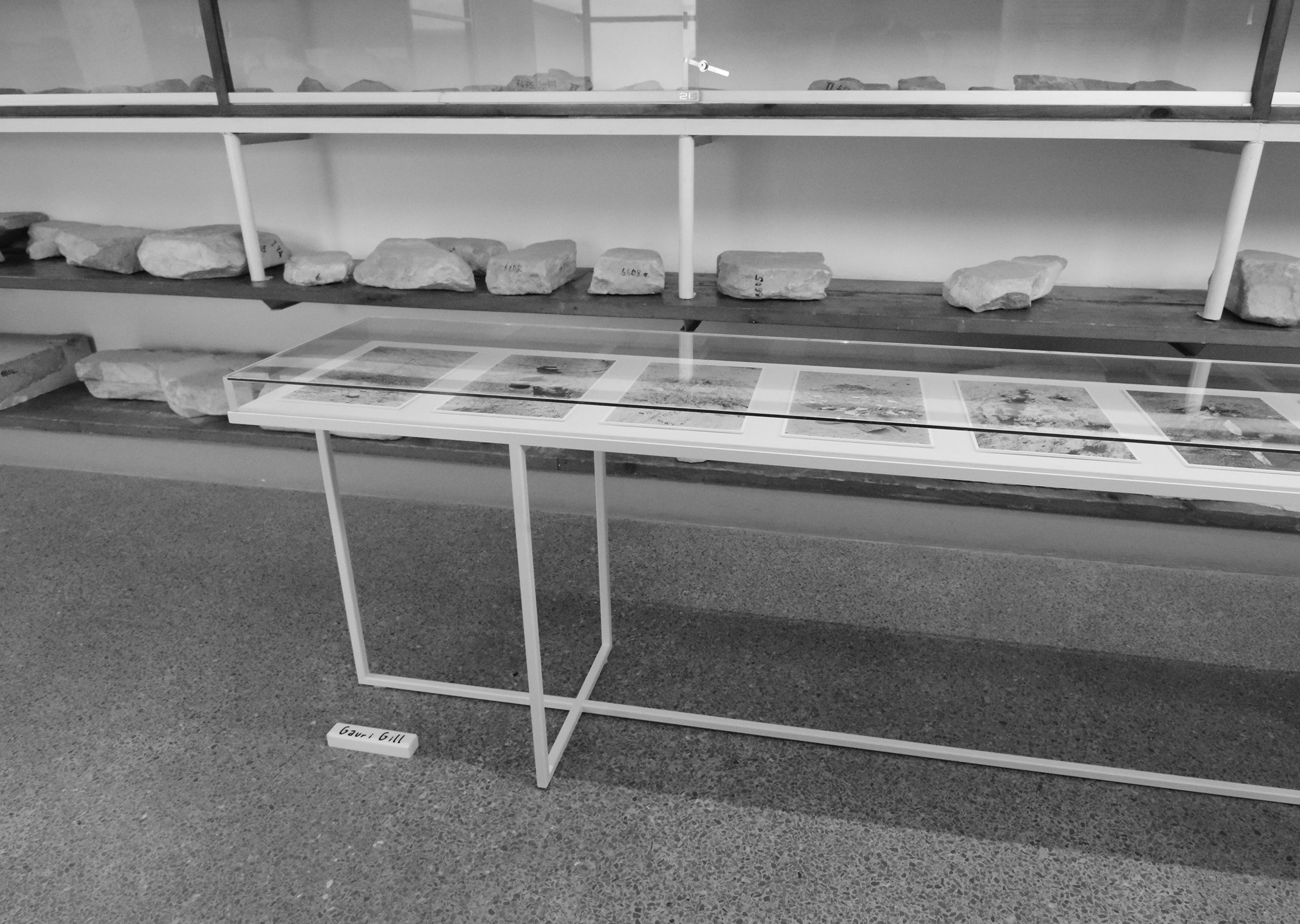
The part of their role where the vitrines are used as show cases is still predetermined by a protocol. The objects operate in selected conditions which use them as showing mechanisms. Their use after documenta 14 is a recordable and archivable action. The 59 vitrines are recorded during the continuation of their life, stored condition, decay, disappearance or destruction through a standard process. An archive of their condition and use records part of their still evolving history in an open ever bounded notebook of 290x420 mm including typical selected pictures of them in different frames. This is part of the vitrines project. A notebook of use of the vitrines is a component of this double work, capturing them while they perform their supportive role for selected occasions in a predetermined way till they are lost or damaged. The number of them that remain usable still follow a protocol of use.
In some cases after a discussion with their author, the vitrines can be properly included in art works of other people. This is the case of Maria Eichhorn’s Building as unowned property; the four vitrines acquired for this piece are now meant to belong to this work of art as non distractible, integral part of it; they support the precise documents that the work presents.These four vitrines are detached from the ensemble of the production and form now part of the specific artwork.
Due to this flexibility and in this sense the vitrines do not risk to be transformed to objects of sculpture per se.
The vitrines are recorded and allowed to function as showcases by the author. The author remains in power to offer them to specific shows, people or institutions for presenting concrete pieces in them.

Several types of sub-protocols allow the vitrines to enhance the voice of what they include as they always do; not only because of their content but also because of the structure of time they initiate during different show experiences; the vitrines are borrowed to be curated by third parties or given to institutions which have to follow a protocol of simple use. This protocol determines the positioning of documents in the vitrine and gives a draft outline of their sort.
The vitrines are not only humble objects that bow to their content; these poisoned objects at least understand their role of showing in an audacious way; as the political performative role par excellence or as the structure of any demonstration. There is some shamanic power in this silent act of showing and in the invitation for viewing together.
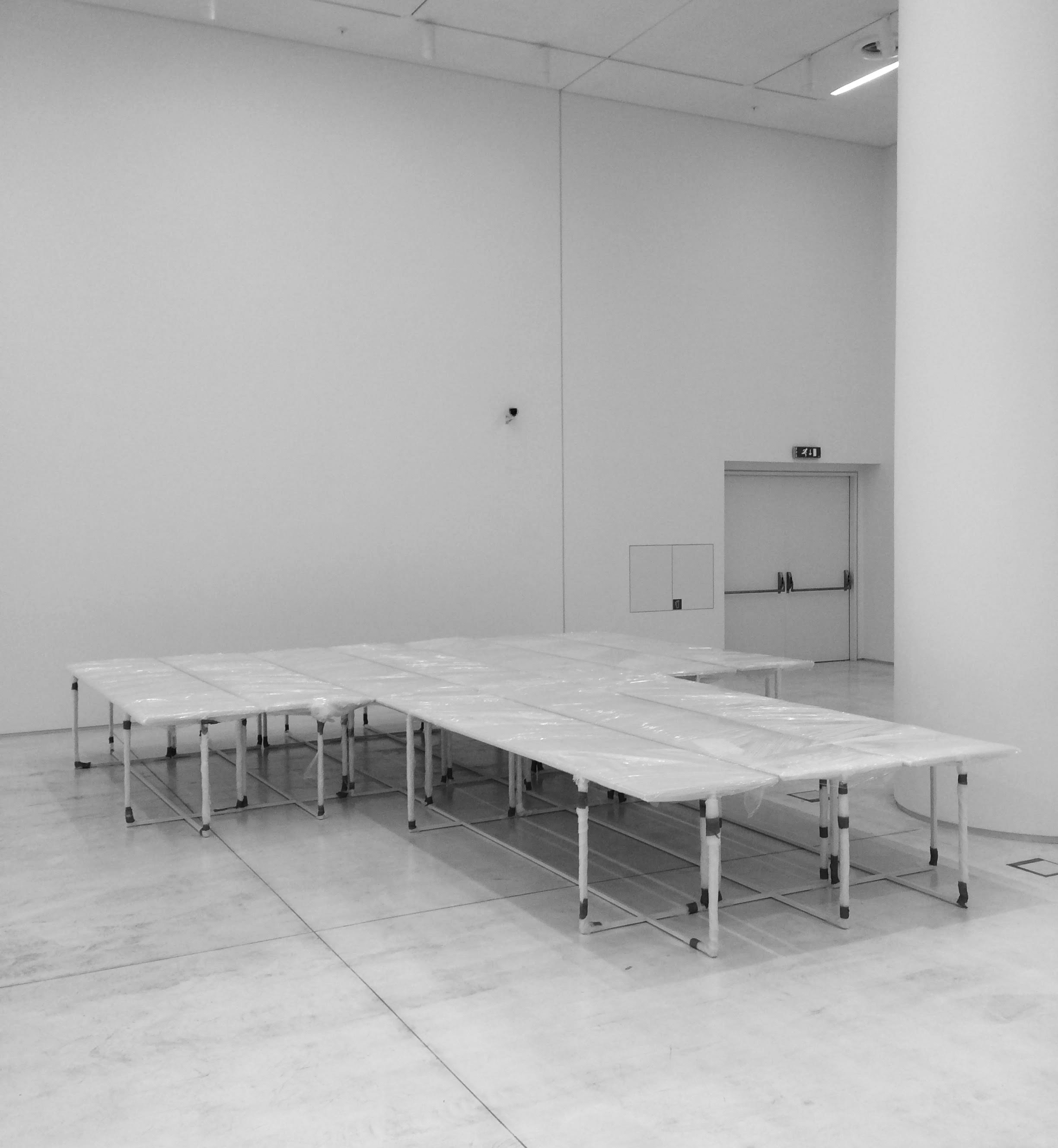
Stored vitrines in the National Museum of Contemporary Art, Athens, 2017 (photo by Fake Office)
A part of the story of documenta 14 is shown here in a strangely always live manner. These vitrines will never be freed from their first use and the stories that followed documenta 14. A vitrine's political strength, the power of framing and throwing light to dark objects makes a vitrine able to present the power of a show in its consciousness. The objects can be used as vitrines for specific reasons in the way they were also structuring invisibly documenta 14 in Athens, distributed as a benevolent poison in so many venues in the city. The vitrines project is inaugurated through their regathering. Furthermore this ghost role and the reuse of the objects in Athens could act as an invitation for continuing, extending, and renewing the sophistication of the athenian documenta; seek otherness in the heart of the other.

